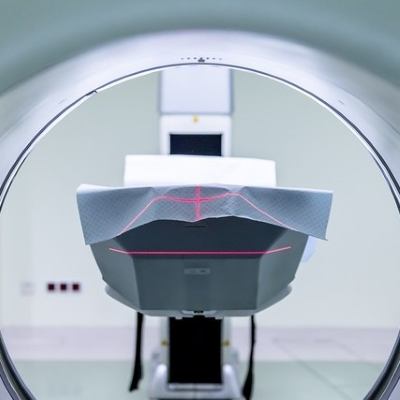
Prostate cancer screening could save about 1,500 lives per year.
The most recent 23-year follow-up from the European Randomized Study of Screening for Prostate Cancer (ERSPC) was published today in the New England Journal of Medicine. With longer follow-up, the trial shows a greater benefit: a 13% relative reduction in prostate-cancer–specific mortality at 23 years. Extrapolated to the United Kingdom, that reduction would equate to roughly 1,500 fewer deaths per year. In absolute terms the difference is small — about 0.2% — meaning roughly 452 men would need to be screened to prevent one death from prostate cancer.
So, is prostate-cancer screening the answer? The short reply is: yes — but not simply because of this study. Answering whether to implement screening is a prolonged, complex task. With time, greater access to testing and refinements in technology mean the questions originally posed by trials quickly become dated.
A striking finding is how little the two arms differ in overall diagnosis: 14% diagnosed in the screening arm versus 12% in the control arm over follow-up. In modern, developed healthcare systems this is unsurprising. Opportunistic PSA testing is common, many men will have had a PSA by age 70, and it is very difficult to run a "clean" randomized screening trial where controls never obtain testing. Trial volunteers are also likely to be more health-conscious than the general population, and participants randomized to the control arm inevitably pursue their own investigations.
The trial protocol is now behind contemporary practice: multiparametric MRI and targeted biopsy are central to contemporary diagnostic pathways. These advances should, in principle, reduce overdiagnosis and better detect clinically significant disease, but the mortality benefits of MRI-based screening will not be demonstrable for another 10–15 years — by which point practice and technology may again have moved on.
If anything, the modest differences in mortality and incidence between trial arms suggest that screening already exists in an unofficial, haphazard form — biased toward the more educated and health-engaged. That raises a different policy question: should we replace an inefficient, unequal system of opportunistic testing with a standardized, equitable program? I think the answer is yes.
An organised programme could offer:
A formal programme might actually reduce unnecessary investigation for some patients by preventing repeated or duplicated ad hoc testing and by directing low-risk men away from invasive work-up.
In short: ERSPC gives us measured, modest evidence that PSA-based approaches reduce prostate-cancer deaths. The public-health argument for organised screening rests less on that single absolute reduction and more on the opportunity to make an already present practice fairer, safer and more effective as diagnostic technology improves. The ERSPC results are promising — but they are likely only the tip of the iceberg.